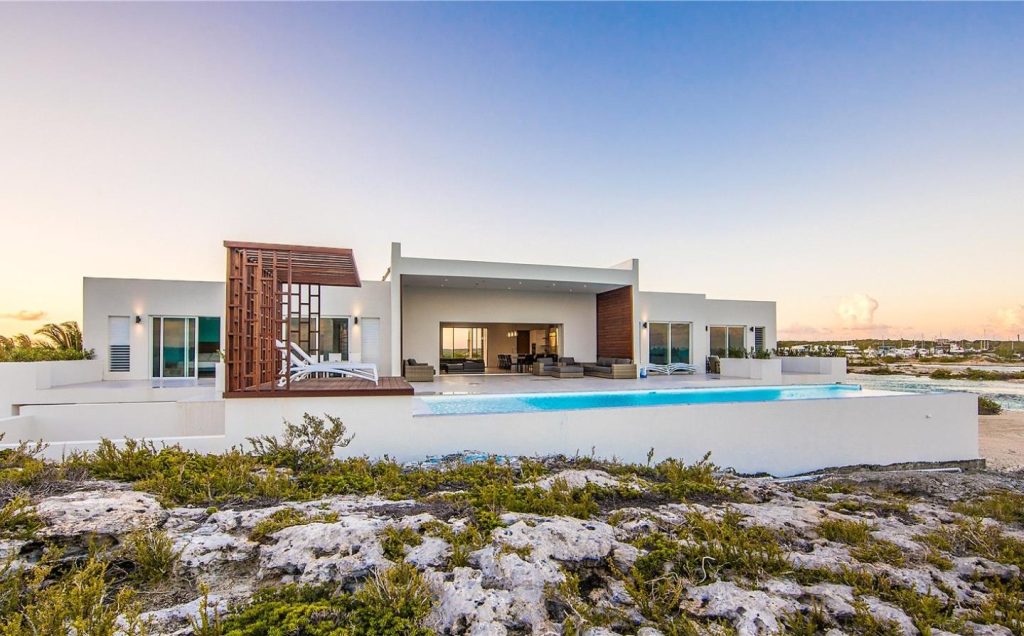The allure of waterfront living continues to capture the imagination of homebuyers, blending the tranquility of water views with innovative design and modern conveniences. As communities strive for a higher standard of living, developments like Heritage Harbor exemplify how modern waterfront living can harmonize luxury and sustainability. These next-generation spaces offer a lifestyle enriched by outdoor activities, eco-friendly architecture, and advanced technology, ensuring that residents enjoy both comfort and connection to nature.
Today’s waterfront properties lead in environmental responsibility and personal well-being, with features like climate-resilient construction, smart home tech, and wellness amenities. These communities adopt holistic, sustainable practices from building to daily life, using outdoor spaces that blend interior and exterior, enhancing natural engagement. Waterfront living is evolving, offering stunning views and solutions for climate challenges and homeowner needs.
Sustainable Design Practices
Table Contents
As waterfront communities aim to minimize environmental impact, sustainable design becomes key. Developers focus on energy-efficient building, renewable materials, and green certifications. Techniques like permeable paving and water management protect shoreline ecosystems. Ajman Creek Towers exemplify these, using solar energy and green roofs without sacrificing luxury. Architectural Digest notes that sustainable waterfront homes reduce carbon footprints and save costs in the long term.
Outdoor Living Spaces
A defining characteristic of modern waterfront living is the fluid integration of indoor and outdoor environments. Expansive terraces, covered patios, and open-air kitchens create seamless transitions for entertaining or relaxing. Multi-use docks, flexible for recreation or gatherings, encourage residents to maximize their relationship with the natural world. These thoughtfully designed spaces often include features such as fire pits, outdoor showers, and retractable walls, enhancing lifestyle and well-being. The trend reflects a broader movement in architecture toward biophilic design, which prioritizes human connection with nature as a route to health and happiness.
Smart Home Integration
Technology has reshaped the waterfront living experience. Smart home systems offer intuitive control over lighting, security, climate, and entertainment, featuring voice-activated and remote-access capabilities that enhance convenience. Integrated systems can manage everything from irrigation to humidity, helping maintain ideal interior environments and protecting against moisture-related issues. This automation not only improves daily comfort but also enhances property security—especially valuable for second homes or vacation properties that may remain unoccupied for stretches.
Wellness-Focused Amenities
Today’s luxury waterfront developments cater to holistic well-being with a growing array of wellness amenities. Yoga decks, infinity pools, meditation gardens, and open-air fitness studios foster balanced, health-conscious lifestyles. These amenities are designed to reduce stress and promote mindfulness while leveraging the calming influence of water and green spaces. Wellness facilities are now a must-have in upscale residential developments as more homeowners seek spaces for relaxation and self-care.
Climate-Resilient Architecture
The increasing risks of climate change have inspired new architectural strategies along coastlines and rivers. Elevated structures, floating homes, and flood-resistant materials are becoming common in the design of cutting-edge waterfront residences. Builders utilize advanced engineering techniques to mitigate the effects of rising sea levels, coastal erosion, and extreme weather events, thereby ensuring durability and safety. These measures not only future-proof properties but also reassure buyers that waterfront living can be both aspirational and secure.
Mixed-Use Waterfront Communities
The vibrancy of mixed-use waterfront communities is redefining the residential landscape. Developments now blend private residences with shops, restaurants, and recreational facilities, transforming once-exclusive enclaves into lively, walkable neighborhoods. This mixed-use approach supports local economies and creates a sense of place, offering the best of both urban conveniences and scenic, tranquil surroundings. Markets, boutique cafes, and public parks ensure there is always something happening by the water’s edge, encouraging residents to embrace an active social life.
Integration of Renewable Energy
In a natural progression from sustainability efforts, some waterfront properties are capitalizing on their location by adopting tidal, wave, or solar energy solutions. Innovations in these technologies harness the movement and presence of water to produce clean, renewable power, reducing dependence on fossil fuels and furthering environmental goals. As these solutions become more accessible, their adoption in residential and community-scale projects is poised to become a hallmark of modern waterfront developments.
Conclusion
Modern waterfront living stands at the intersection of nature, design, and innovation. By prioritizing sustainability, advanced technology, and personal well-being, these communities offer a lifestyle that is both luxurious and environmentally responsible. As the market evolves, waterfront properties will continue to set new standards for modern living, inviting residents to enjoy the best of what water, nature, and contemporary design can offer.

